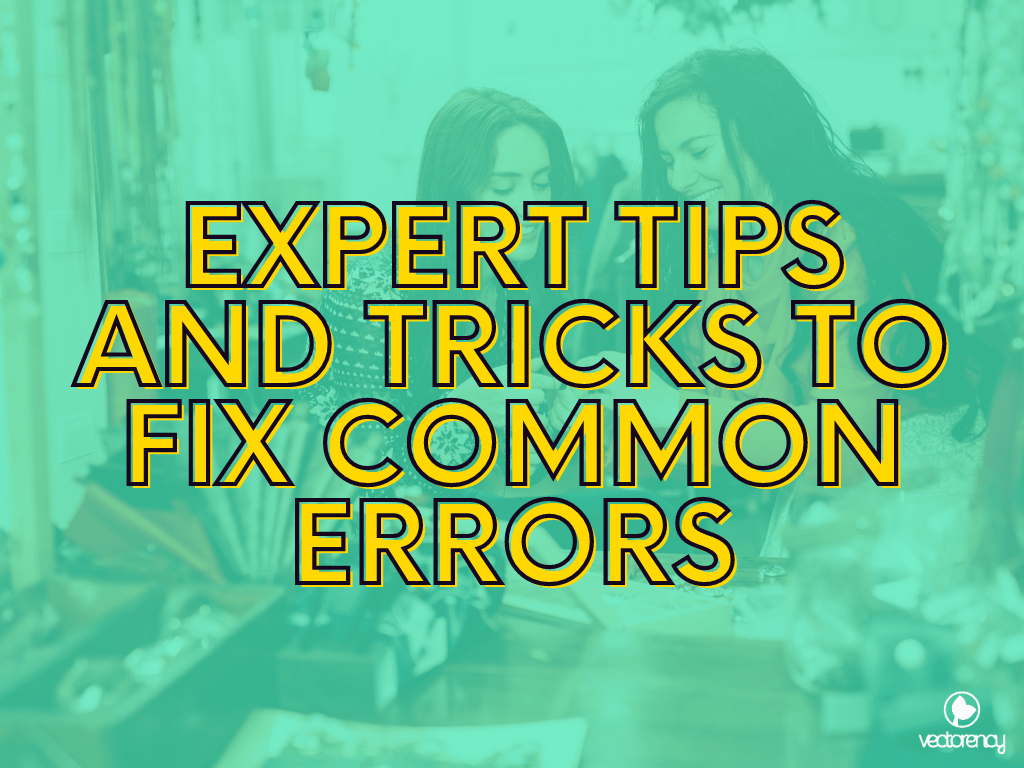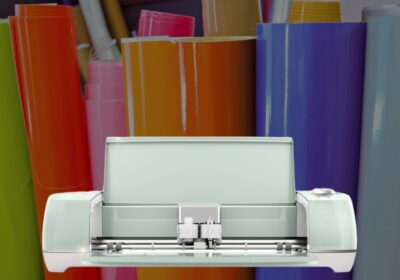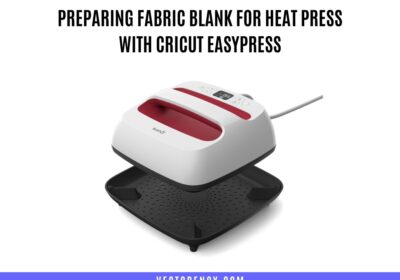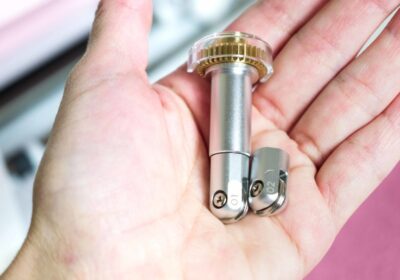
How to Avoid the Top Cricut Mistakes and Achieve Perfect Cuts
Cricut is a popular electronic cutting machine that has revolutionized the world of crafting. With its ability to cut a variety of materials, including vinyl, paper, and fabric, Cricut has made it possible for anyone to create professional-looking projects from the comfort of their own home.
Despite its many advantages, Cricut can be challenging to use, and many users make common mistakes that can hinder their crafting projects. In this article, we will explore the top Cricut mistakes that users make and provide tips on how to fix them.
Identifying and fixing Cricut mistakes is essential to achieving optimal results and ensuring that your projects turn out exactly as you envisioned. By avoiding these mistakes, you can save time, money, and frustration while producing beautiful and high-quality projects. So, whether you’re a seasoned Cricut user or just starting, read on to learn how to improve your crafting skills and avoid the most common mistakes when using Cricut.
Mistake1: Incorrect Blade or Pressure Settings
1. Explanation of blade and pressure settings
One of the most important factors in achieving precise and accurate cuts with your Cricut machine is using the correct blade and pressure settings. The blade setting determines how deep the blade cuts into the material, while the pressure setting determines how much force the machine applies to the blade.
2. Common mistakes users make with blade and pressure settings
One of the most common mistakes users make is using the wrong blade or pressure settings for the material they are cutting. For instance, using a deep cut blade for thin materials like paper can result in torn or jagged edges, while using a standard blade for thick materials like leather can result in incomplete cuts or uneven edges. Additionally, using too much pressure can cause the blade to drag through the material, resulting in damaged or warped cuts.
3. How to fix blade and pressure settings
To avoid these mistakes, it is crucial to select the correct blade and pressure settings for the material you are cutting. Consult the Cricut materials guide or test cuts to determine the best settings for each material. Additionally, make sure to regularly check and replace your blades to ensure optimal performance. Finally, if you notice that your cuts are not precise or that the blade is dragging through the material, adjust the pressure setting accordingly.
By taking the time to learn about and use the correct blade and pressure settings, you can ensure that your Cricut projects turn out exactly as you intended, with clean, precise cuts and minimal waste.
Mistake 2: Poor Material Selection
1. Explanation of the importance of material selection
Selecting the right material is crucial to the success of your Cricut project. Different materials require different blade and pressure settings, and using the wrong material can result in damaged blades, uneven cuts, and wasted materials.
2. Common mistakes users make with material selection
One of the most common mistakes users make is using the wrong material for their project. For instance, using regular paper instead of cardstock can result in flimsy, weak cuts that tear easily. Additionally, using the wrong type of vinyl for a project, such as indoor vinyl instead of outdoor vinyl, can result in the design fading or peeling over time.
3. How to fix material selection mistakes
To avoid these mistakes, it is essential to read and follow the Cricut materials guide carefully. The guide provides information on the best blade and pressure settings for each material, as well as recommended materials for each project type. Additionally, make sure to purchase high-quality materials that are specifically designed for use with Cricut machines. Finally, if you are unsure about a particular material or design, perform a test cut before cutting the full project to avoid any costly mistakes.
By taking the time to select the right material for your project, you can ensure that your Cricut machine performs at its best, and your projects turn out beautifully.
Mistake 3: Not Calibrating the Machine
1. Explanation of machine calibration
Calibrating your Cricut machine ensures that it cuts accurately and precisely. Calibration is the process of aligning the blade and pressure settings to match the software and ensuring that the machine is reading the correct measurements.
2. Common mistakes users make with machine calibration
One of the most common mistakes users make is skipping the calibration process altogether. Additionally, users may calibrate their machines improperly by not following the instructions in the manual or not checking the calibration regularly. As a result, the machine may not cut accurately, resulting in wasted materials and frustration.
3. How to calibrate the machine
To calibrate your machine, follow the instructions in the manual carefully. Make sure that the machine is placed on a level surface and that the mat is loaded properly. Additionally, make sure that the blade and pressure settings match the software’s recommended settings. Finally, perform a test cut to ensure that the machine is cutting accurately.
Mistake 4: Using the Wrong Mat
1. Explanation of the importance of using the right mat
Using the right mat is essential for ensuring that your project turns out as intended. Different materials require different types of mats, and using the wrong mat can result in incomplete or uneven cuts, as well as damage to the blade.
2. Common mistakes users make with mat selection
One of the most common mistakes users make is using the wrong mat for their project. For example, using a standard mat for thicker materials can result in the material slipping or not sticking to the mat properly. Additionally, using a mat that is too sticky for delicate materials can result in damage to the material or the blade.
3. How to fix mat selection mistakes
To avoid these mistakes, it is important to read and follow the Cricut materials guide carefully. The guide provides information on the best mat for each material, as well as recommendations for each project type. Additionally, make sure to clean and maintain your mats regularly to ensure optimal performance. Finally, if you notice that your mat is losing its stickiness or is too sticky, adjust the material’s pressure setting or replace the mat.
By avoiding common mistakes like using the wrong mat or not calibrating your machine, you can ensure that your Cricut projects turn out beautifully and accurately every time.
Mistake 5: Poor Design or Image Quality
1. Explanation of the importance of design and image quality
Design and image quality are crucial to the success of your Cricut projects. Poor quality designs or images can result in jagged lines, incomplete cuts, and overall poor project outcomes. High-quality designs and images, on the other hand, produce crisp, clean cuts and result in professional-looking finished products.
2. Common mistakes users make with design and image quality
One of the most common mistakes users make is using low-quality images or designs. Low-quality images may have jagged lines, blurry edges, or pixelation, resulting in poor cutting results. Additionally, users may not take the time to properly prepare their designs before cutting, resulting in incomplete cuts or errors in the final product.
3. How to improve design and image quality
To improve design and image quality, start by ensuring that you are using high-quality images and designs. Consider purchasing high-quality design files or using a high-resolution scanner to capture your images. Additionally, take the time to properly prepare your designs before cutting by using software tools like weld, slice, and contour to eliminate any unwanted lines or shapes.
Finally, make sure to test your designs on a small scale before cutting them on larger projects. This allows you to make any necessary adjustments and ensure that the final product will turn out as expected.
By avoiding common mistakes like using low-quality images or not properly preparing your designs, you can improve the quality of your Cricut projects and achieve professional-looking results.
Conclusion
In conclusion, using a Cricut machine can be challenging, especially for beginners, but by avoiding common mistakes, users can save time, money, and frustration while producing beautiful and high-quality projects. The top Cricut mistakes include incorrect blade or pressure settings, poor material selection, not calibrating the machine, and using the wrong mat. By using the correct blade and pressure settings, selecting the right material, calibrating the machine regularly, and using the right mat, users can ensure that their Cricut projects turn out exactly as intended, with clean, precise cuts and minimal waste.





No Comments